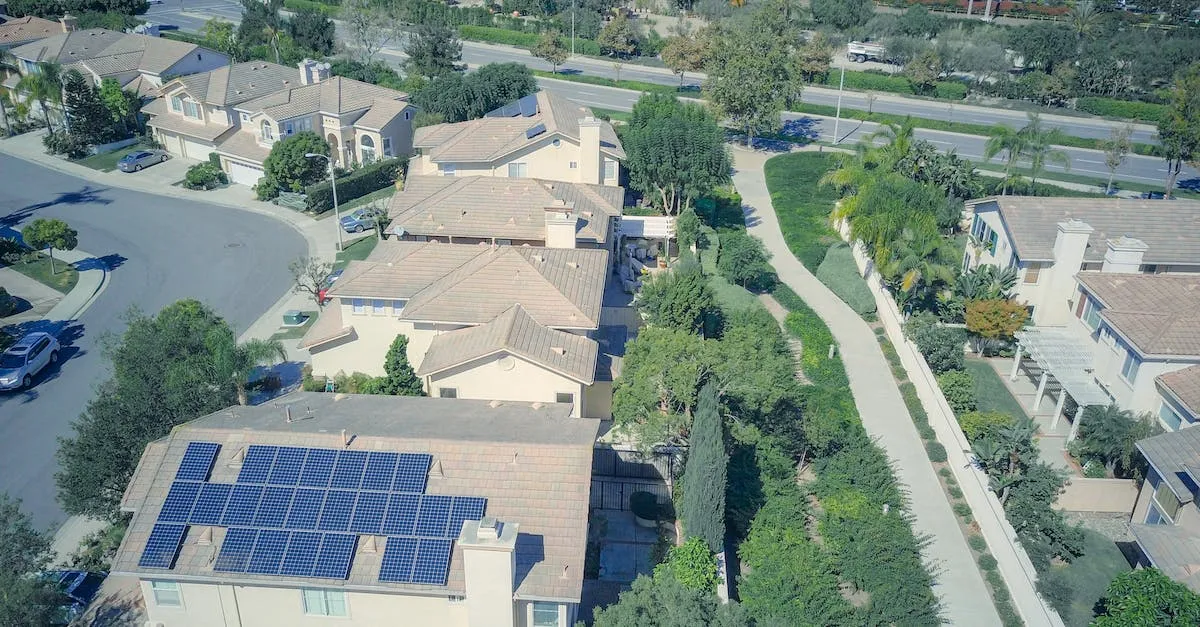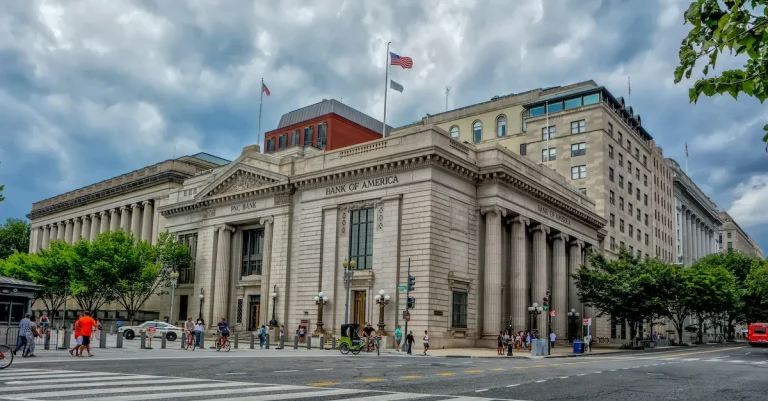How Long Do Roofs Last In California? What To Expect From Your Roof’S Lifespan
If you’re a homeowner in California, you’ve probably wondered just how long your roof is meant to last in the state’s unique climate. With factors like intense sun, heat, rain, and even regular earthquakes, the lifespan of California roofs can vary quite a bit.
If you’re short on time, here’s the quick answer: Most roofs in California last 15-25 years on average before needing replacement, but lifespan can range from 10-40+ years depending on roof type, materials, maintenance, and exposure to elements.
Typical Lifespans of Common California Roof Types
Asphalt Shingles
Asphalt shingles are one of the most common roofing materials used in California. They are affordable and offer a good balance between cost and durability. On average, asphalt shingles can last anywhere from 15 to 30 years in California, depending on various factors such as the quality of the shingles, installation techniques, and weather conditions.
Proper maintenance and regular inspections can help extend the lifespan of asphalt shingles.
Concrete and Clay Tile
Concrete and clay tiles are popular choices for California roofs due to their durability and aesthetic appeal. These types of roofs can last significantly longer than asphalt shingles, with an average lifespan of 50 to 100 years.
However, it’s important to note that the lifespan of tile roofs can be influenced by factors such as the quality of the tiles, regular maintenance, and exposure to extreme weather conditions.
Metal Roofs
Metal roofs are gaining popularity in California due to their longevity and energy efficiency. When properly installed and maintained, a metal roof can last anywhere from 40 to 70 years. Metal roofs are known for their durability, resistance to fire, and ability to withstand harsh weather conditions.
Additionally, they are also environmentally friendly and can help reduce energy costs.
Flat Roofs
Flat roofs are commonly found in commercial buildings and some residential homes in California. The lifespan of a flat roof can vary depending on the type of material used. For example, built-up roofs (BUR) typically last around 20 to 30 years, while single-ply membranes such as EPDM or TPO can have a lifespan of 25 to 30 years.
Proper installation, regular maintenance, and prompt repairs can help maximize the lifespan of a flat roof.
It’s important to remember that these are average lifespans, and the actual lifespan of your roof can vary depending on factors such as the quality of materials, installation practices, climate, and maintenance.
Regular inspections by a professional roofer can help identify any issues early on and ensure that your roof lasts as long as possible.
Factors Affecting How Long Roofs Last in California
When it comes to the lifespan of roofs in California, several factors come into play. Understanding these factors can help homeowners anticipate how long their roof is likely to last and plan accordingly. Here are the key factors that affect the longevity of roofs in California:
Climate and Weather
The climate and weather conditions in California play a significant role in determining how long a roof will last. California is known for its diverse climate, ranging from hot and dry in the desert regions to cooler and wetter in coastal areas.
The intense heat, strong winds, and occasional heavy rainfall can take a toll on roofs over time.
According to the Roofing Contractor’s Association of California (RCAC), the average lifespan of a roof in California can vary greatly depending on the specific region. For example, roofs in the coastal areas may last longer due to the milder weather conditions, while roofs in the inland areas may have a shorter lifespan due to the higher temperatures and more extreme weather events.
Roof Pitch and Direction
The pitch and direction of a roof can also impact its lifespan. A steeper roof pitch allows for better water runoff, reducing the risk of water damage and extending the roof’s lifespan. Additionally, the direction the roof faces can affect its exposure to the sun, wind, and other elements.
Roofs that face south or west may experience more sun exposure and heat, which can accelerate the aging process.
Roof Maintenance and Inspections
Maintaining and regularly inspecting the roof is crucial for ensuring its longevity. Regular maintenance, such as cleaning gutters, removing debris, and repairing minor damages, can help prevent larger issues down the line.
It is recommended to have a professional inspection at least once a year to identify any potential problems early on.
According to the National Roofing Contractors Association (NRCA), regular maintenance and inspections can extend the lifespan of a roof by up to 25%. By addressing issues promptly and keeping the roof in good condition, homeowners can maximize its lifespan.
Installation Quality
The quality of the roof installation also plays a significant role in its lifespan. A properly installed roof using high-quality materials is more likely to withstand the elements and last longer. Hiring a reputable and experienced roofing contractor is essential to ensure a proper installation.
Roof Age and Layers
The age of the roof and the number of layers it has can impact its lifespan. As a roof ages, it becomes more vulnerable to damage and deterioration. Additionally, roofs with multiple layers may be more prone to issues such as leaks and moisture retention.
According to the International Association of Certified Home Inspectors (InterNACHI), the average lifespan of a typical asphalt shingle roof in California is around 20 to 25 years. However, this can vary depending on the factors mentioned above.
Maximizing the Lifespan of Your California Roof
One of the key factors in ensuring the longevity of your roof in California is to take proactive steps to maximize its lifespan. By following some simple guidelines and practices, you can significantly extend the life of your roof and avoid costly repairs or replacements.
Here are some essential tips to help you get the most out of your California roof:
Choosing the Right Materials
The first step in maximizing the lifespan of your California roof is to choose the right materials. Consider the climate and weather conditions in your area, as well as the specific requirements of your property.
Opt for durable materials that can withstand the intense heat, strong winds, and occasional heavy rains that are common in California. Additionally, select materials that are resistant to UV rays and fire, as these factors can significantly impact the longevity of your roof.
Proper Installation
The importance of proper installation cannot be overstated when it comes to the lifespan of your California roof. Hiring a professional roofing contractor who is experienced in working with the specific materials you have chosen is crucial.
Improper installation can lead to leaks, water damage, and premature deterioration. Make sure to check the credentials and references of any contractor you consider hiring to ensure they have the necessary expertise.
Regular Inspections and Maintenance
Regular inspections and maintenance are vital to identifying and addressing any potential issues with your California roof before they become major problems. Schedule annual inspections by a qualified roofing professional to check for any signs of damage, wear, or leaks.
Additionally, perform routine maintenance tasks such as cleaning gutters, removing debris, and trimming overhanging branches to prevent damage to your roof.
Spot Repairs and Upgrades
Addressing any signs of damage or wear promptly can help extend the lifespan of your California roof. Spot repairs should be done as soon as possible to prevent further damage and avoid the need for more extensive repairs down the line.
Additionally, consider upgrades such as adding insulation or installing a reflective roof coating to improve energy efficiency and protect your roof from the harsh California sun.
Remember, taking proactive steps to maximize the lifespan of your California roof can save you time, money, and hassle in the long run. By choosing the right materials, ensuring proper installation, conducting regular inspections and maintenance, and addressing any necessary repairs or upgrades, you can enjoy a durable and long-lasting roof for years to come.
Conclusion
California’s climate can take a toll on roofs, but proper installation, maintenance, and repair can help maximize lifespan. Most roofs will need replacing in 15-25 years, though some may last over 40.
By choosing quality materials suited to California’s conditions, routinely inspecting for damage, and making timely repairs, homeowners can protect their investment and avoid premature roof replacement.








